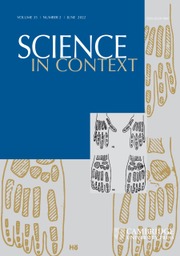No CrossRef data available.
Article contents
Is the Fuxi liushisi gua fangwei (伏羲六十四卦方位) diagram attributed to Shao Yong binary? Clarifying a consequence of its analogy with the binary arithmetic of Leibniz
Published online by Cambridge University Press: 15 August 2025
Argument
The Jesuit Joachim Bouvet established an analogy between the binary arithmetic developed by Leibniz and the diagram Fuxi liushisi gua fangwei (or FX64), attributed to Shao Yong, which organizes the sixty-four hexagrams according to the Fuxi/Xiantian order. Consequently, this diagram could be considered as binary. Some scholars argue that the diagram is not binary because of the different construction of the two systems and the “wrong” reading direction used by Bouvet and Leibniz—opposite to the one used in China. Nevertheless, by a superimposition of Leibniz’s binary table and of the derivation table used to construct the diagram, this article shows that the diagram is binary, since it is constituted of two elements and the binary system can use other symbols than 0 and 1. The reverse methodology used in constructing the two systems because of their different purpose—division for the FX64 diagram and multiplication for Leibniz’s dyad—allows their reading from either one direction or the reverse. This does not affect the fact that they are both binary, since it leads to the same form and structure.
Keywords
Information
- Type
- Research Article
- Information
- Copyright
- © The Author(s), 2025. Published by Cambridge University Press


